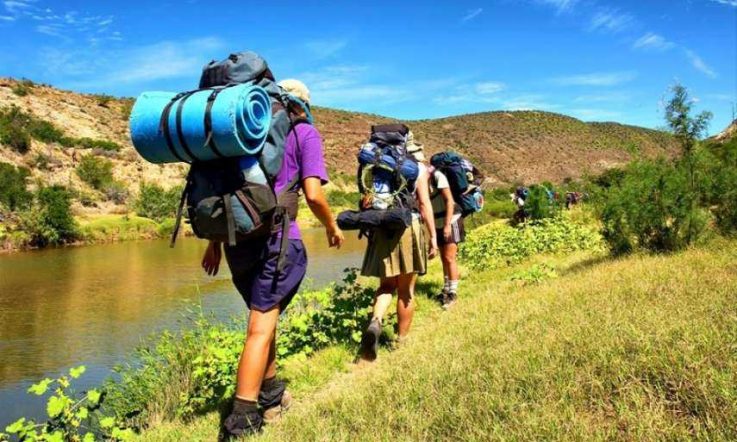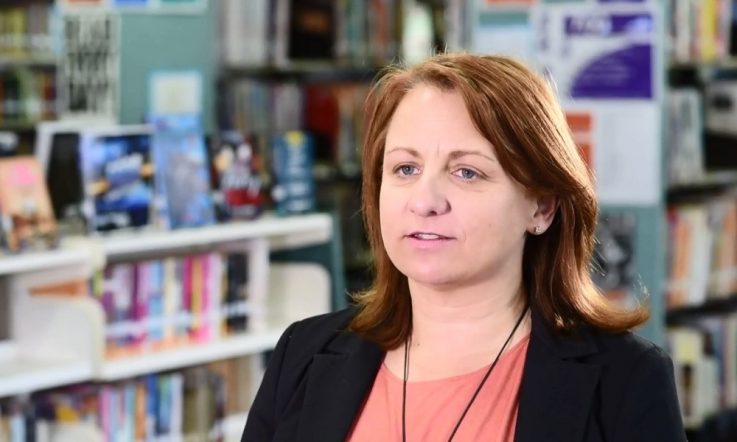In Planning for context-based teaching, I attempted to map out a staged process on how you can plan to teach where the maths is embedded in the real world. In this article I attempt to illustrate further how this might work, beginning with the first stage of how you decide on the starting point and the context.
The stage of negotiating a theme or context involves a number of processes, including:
Identifying the interests of the group of students;
- Discussing what is happening in the world at that time – what is topical? For example, are the Olympic Games on? What is the latest fad? What's happening locally? What's coming up at school? What's the most popular TV show? Are the students getting close to being able to get their learner's permit?
- In some cases, students may come up with topics that seem to have very little to do with maths. In this instance, the challenge is for you to see what maths can be found that is embedded somewhere in the topic. An interesting illustration of this is in the example below about body piercing;
- Having knowledge of what needs to be covered in relation to the curriculum – what has been completed already and what still needs to be covered. It is, after all, a negotiation process;
- It needs to also be remembered that the one topic or theme may not be of interest to all students in the group. It is important therefore that students are involved in the decision-making process if possible, so that they can feel that they own the topic in some way. Or, agree on two or three different, but related, topics.
An example - body piercing
An illustration of this process, especially in relation to topics that seem to have very little to do with maths, was with a group of teachers teaching the Victorian Certificate of Applied Learning (VCAL) in a secondary college in Victoria. The teachers decided that they would work on the same topics and themes across the curriculum, and negotiate this with the group of students.
During this negotiation the students decided that a hot topic at that time was body piercing! Not surprisingly, the mathematics and numeracy teacher was a bit dumbfounded as to how he might teach any mathematics involved with body piercing.
He opened this up to his group of students, and eventually it was negotiated that the mathematics task was to be: How many body piercings are possible on your body?
Two weeks later they had solved this problem in an engaging, hands-on and fun way, with students collaborating and deciding how they could solve the problem. The students made life-sized nets and maps of their bodies, calculated their surface areas and, by using agreed assumptions about how much area they needed for each body piercing, were able to calculate how many body piercings were possible.
They successfully used a range of measurement, space and shape and number skills to undertake this investigation.
A brief list of some potential opening topics or areas where lots of maths is embedded that could be starting points include: cars; clothes; work and employment; families; technology; photography; drinking; arts and crafts; music; shopping; gambling; travel and holidays; sport; food and cooking; television. Each of these will include many subtopics and areas of interest that can be unpacked further.
The next stage in the process of how to plan your teaching where the maths is embedded in the real world is to investigate and document in more detail what the possible areas and topics are that could arise out of the chosen context or issue, and to decide on the actual question(s) or tasks to be undertaken. This will be addressed in the next article.
References
Tout, D., Motteram, G. (2006). Foundation numeracy in context. Melbourne: Australian Council for Educational Research (ACER). Camberwell, Vic.
As a maths teacher, how are you connecting maths and the real world in your classroom?
What processes do you use for planning how to use a problem solving process in your classroom?
When choosing a topic, how will you involve students in the decision making process?



